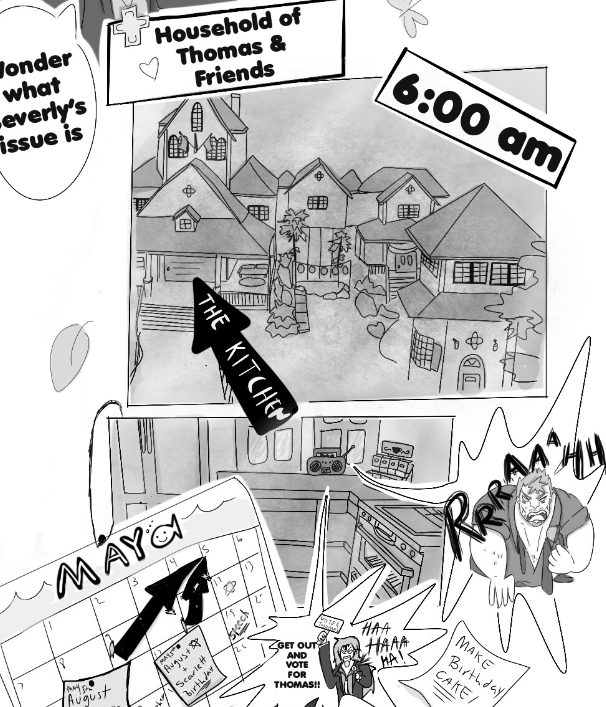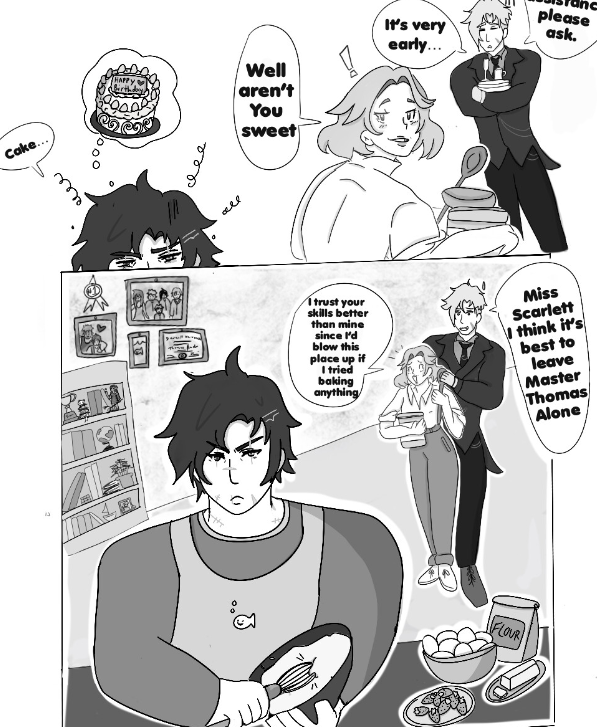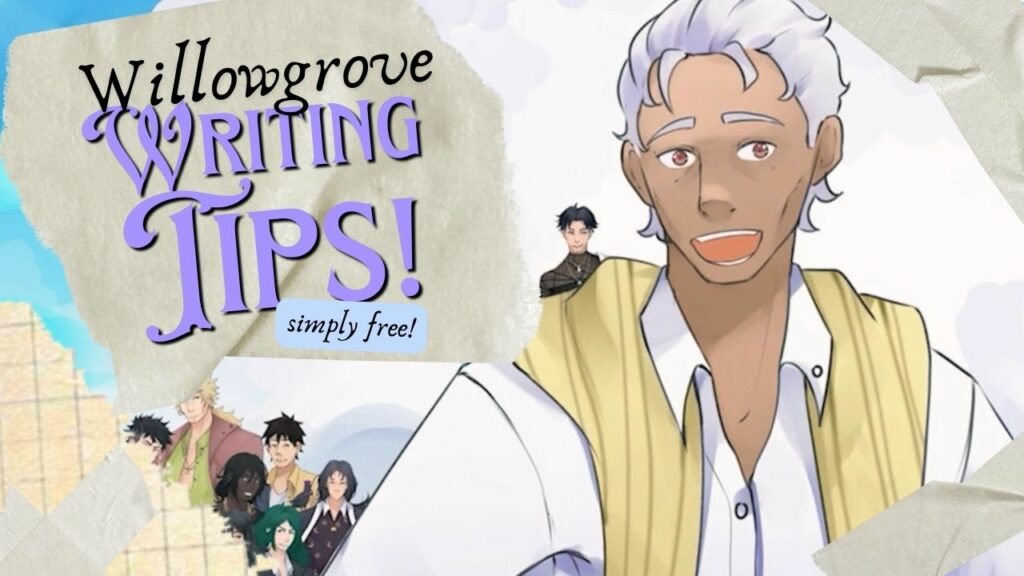Want to learn how to write a fictional town?
Learning how to write a fictional town? Writing fictional towns like Gilmore Girls or slice-of-life family settings like Modern Family can be a challenge. Want to transport your readers to a place so real they can almost smell the air and hear the locals chatting? Crafting a vibrant, believable setting is key. Willowgrove Hills from “I Married a Monster on a Hill” is a perfect example of how to do it right. Here’s a step-by-step guide on how to write a fictional town.

Step 1: Start with a Map when Writing a Fictional Town
Draw It Out
- Begin by sketching a rough map of your town. Include major landmarks like town squares, parks, schools, and key buildings. This doesn’t have to be perfect, but it should give you a sense of the layout and scale.
Think Geography
- Consider the geographical features surrounding your town. Are there rivers, mountains, or forests? How do these features influence the town’s development and daily life?
Step 2: Define the Town’s History when Writing a Fictional Town
Create a Backstory
- Just like characters, your town needs a history. When was it founded? By whom? What major events have shaped its development? A rich backstory adds depth and realism. Honestly one of the most important parts on how to write a fictional town.
Cultural Influence
- Determine the cultural influences that shape the town. Is it a melting pot of different cultures? Are there unique traditions, festivals, or holidays? This will help create a sense of identity and community.
Step 3: Develop Key Locations when Writing a Fictional Town
Landmarks and Hangouts
- Identify the key locations in your town. Think about where your characters spend their time. Is there a popular café, a quirky bookstore, a town hall, or a beloved park? Describe these places vividly.

Local Businesses
- How do you write a fictional town with great meat on it? Populate your town with local businesses that add character. Who runs the bakery? What’s the vibe of the local bar? These details make the town feel lived-in and real.
Step 4: Create a Sense of Community when Writing a Fictional Town
Diverse Inhabitants
- Fill your town with a diverse cast of characters. Each person should have their own story and role in the community. How do they interact? What are their relationships like?
Community Dynamics
- Think about the social dynamics. Are there local politics, rivalries, or alliances? How do the residents come together in times of crisis or celebration? This adds layers of realism.

Step 5: Integrate the Setting into Your Narrative when Writing a Fictional Town
Weave It In
- Your setting should feel like a character in your story. Integrate descriptions of the town naturally into your narrative. Show how the setting influences your characters’ lives and decisions.
Sensory Details
- Use sensory details to bring your town to life. How is this important for writing a fictional town? It describes the sights, sounds, smells, and textures. Make your readers feel like they’re walking the streets of your fictional town.

Step 6: Keep It Consistent when Writing a Fictional Town
Consistency is Key
- How you write a fictional town is to keep track of details to maintain consistency throughout your story. Use your map and notes to ensure that locations, distances, and characteristics remain the same.

Evolve Over Time
- Just like real towns, your fictional town should evolve. How to write it? Show how it changes over time, whether through new developments, changes in leadership, or shifts in the community.

Need a Check-list for the “How to Write a Fictional Town” Lesson?
Creating a believable fictional town and how to write it takes time and attention to detail, but it’s worth it. By starting with a map, defining the town’s history, developing key locations, creating a sense of community, integrating the setting into your narrative, and maintaining consistency, you can craft a setting that feels as real as Willowgrove Hills in “I Married a Monster on a Hill.” Now, go build your own unforgettable town and watch your readers get lost in its charm. How will you write your fictional town?
Fictional Town Writing Checklist
by Emily Maine

About the “Willowgrove Writing Tips” Series
Welcome to the “Willowgrove Writing Tips” Series, inspired by “I Married a Monster on a Hill.” This collection of articles offers free writing advice inspired by Katya Stec and Tatiana Stec, who have over ten years of experience in the publishing industry. They’ve interviewed creators, editors, agents, publishers, and industry experts, and have been creating reaction and review content online for over a decade. Bookmark these pages for insights and tips to enhance your storytelling. Dive into Willowgrove Hills and learn how to create relatable, engaging stories.














